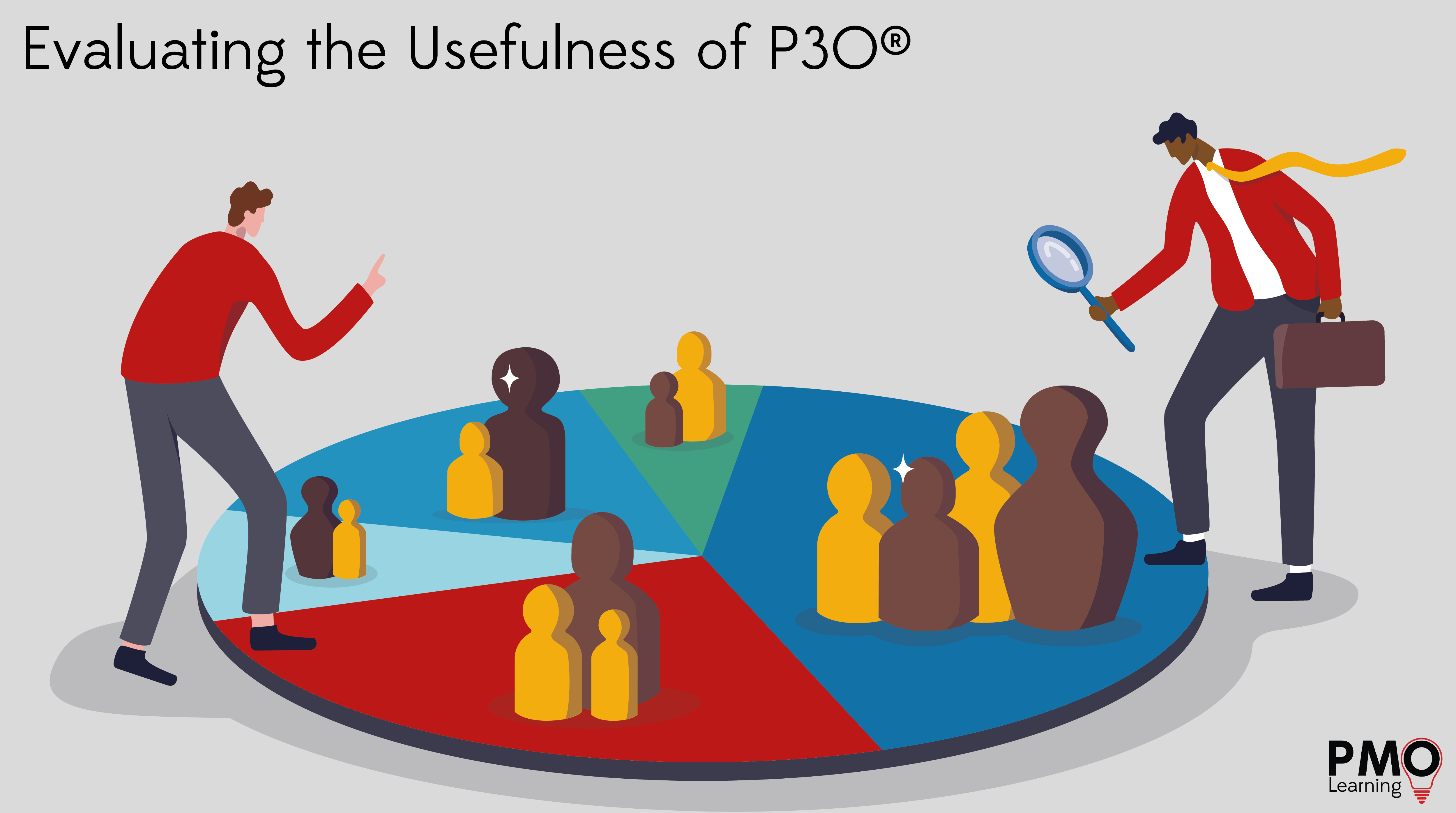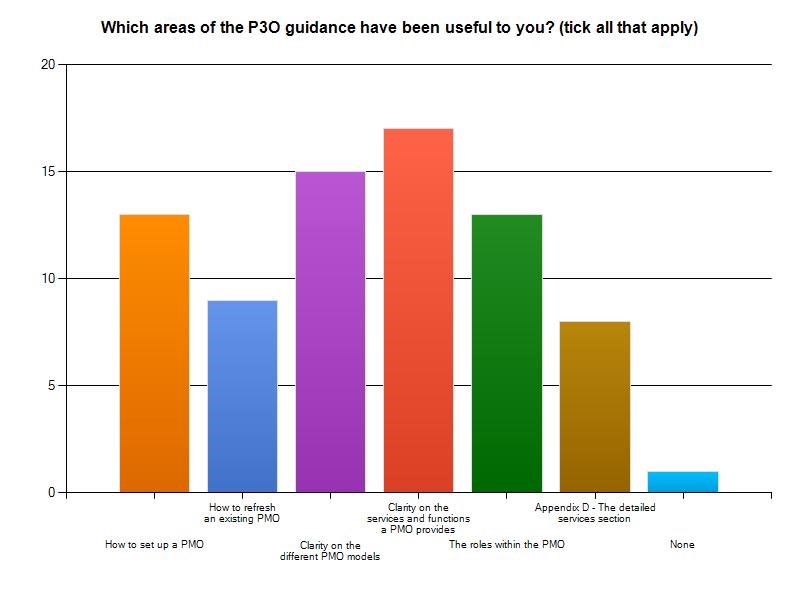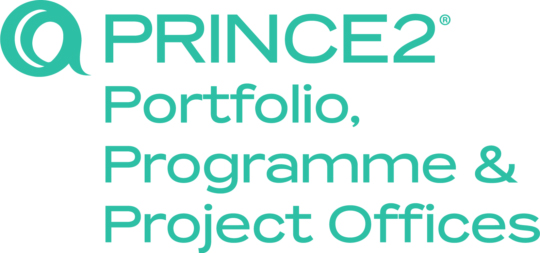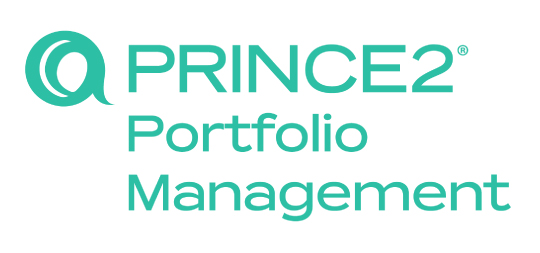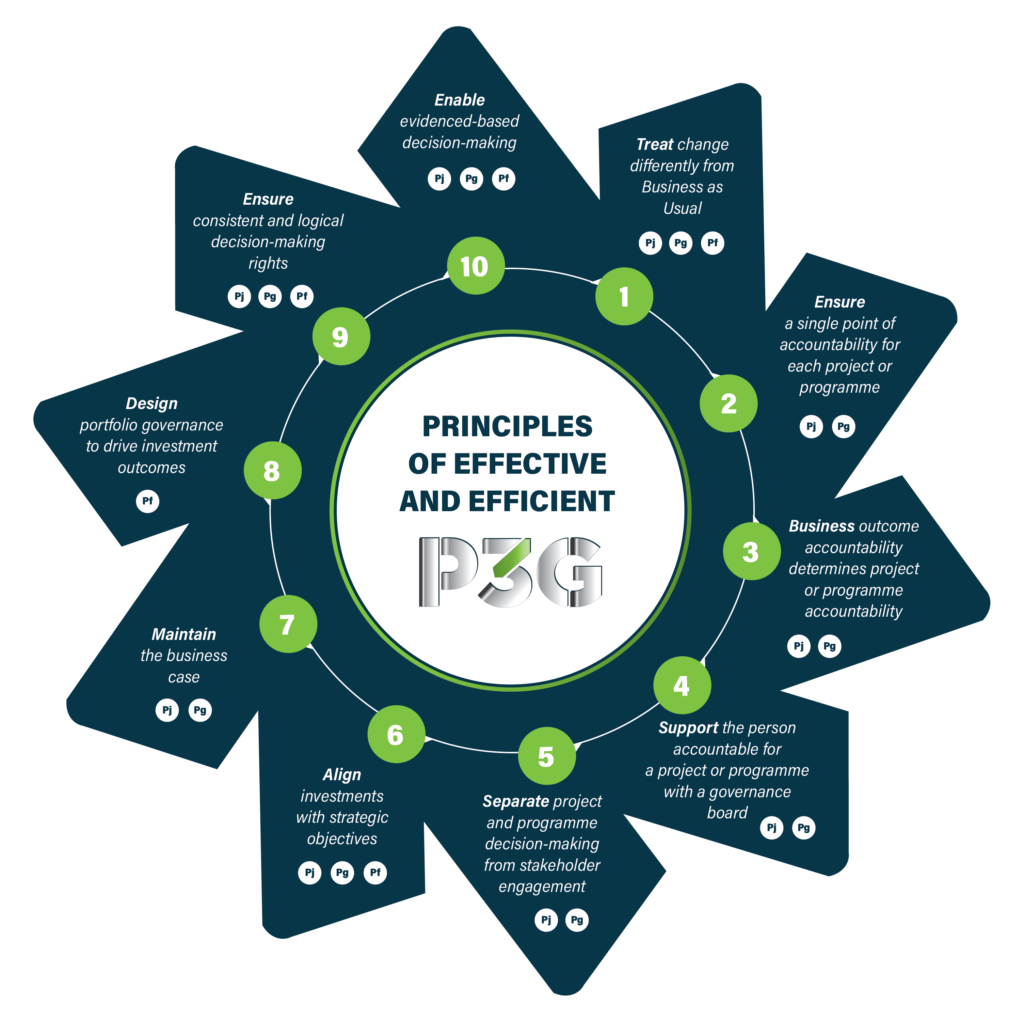Late last year we carried out a short survey to find out what PMO practitioners thought about the P3O® best practice guidance. We were interested to see – from practitioners who had either taken the course or just purchased the book – which bits they found useful and which parts were useful to the organisation.
It was a small survey, just 50 people, but it gives enough in just two short questions to give us an insight into how others are finding P3O® useful.
The P3O® guidance was particularly useful for giving clarity on the services and functions a PMO provides (81%) and clarity on the different types of PMO models (71%).
Since P3O® was published, the House of PMO Essentials has come along and gets into the detail of the services and functions offered. So P3O® Foundation is good for the overview of what the functions and services are – and the Essentials courses are good for getting into the detail of the functions and services, especially the Essentials for PMO Analysts.
To contrast, the question we then asked: “Which areas of the P3O® guidance have been useful to your organisation?”
Clarity on the services and functions of a PMO were still the most useful (55%), yet it was felt that the detail on the roles available within a PMO was equally as important (55%). Interestingly it was felt by 15% of respondents that the P3O® guidance provided no useful information to the organisation.
The roles get covered in the P3O® Foundation level course, which includes all of these:
We asked an open question to the respondents, “What do you like about P3O®?” which gave an array of insights into how the practitioners view P3O®.
One of the most frequent comments was the link back to other recognised AXELOS led methodologies like PRINCE2®, MSP® and MoP®. It was felt that P3O® would have an easier path to recognition within the business if it were riding on the back of already recognised and established methodologies within the business.
“Structure” was also mentioned frequently in the comments with the belief that P3O® gave enough detail on structuring PMOs within organisations – especially when each organisation may have a slightly different PMO model. One specific response summed up some similar responses;
“It provides a structure and relevant guidance to something that has been in place in my organisation for a number of years but has never been clearly defined. It helps support the existence of a specific ‘office’ or team to deal with the issues/concerns outlined and gives practical advice on how to take these areas forward.”
One particular response raised a smile and a knowing nod, “Taking the PMO and related roles out into a separate book that I can use to bash managements heads with in trying to get them to understand the importance of these roles in project, programme and portfolio delivery.”
We asked the inevitable next question, “What don’t you like about P3O®?” and gave the respondents a selection to choose from that applied to them:
- Lacks sponsorship or executive leadership advice (18%)
- Not a practical guide (18%)
- Nothing about the people/human aspects of PMOs (45%)
- Not aimed at those new to PMO (18%)
- Focuses too much on portfolio and not programme and project (36%)
- Online repository not useful (18%)
We also asked the question; “What would you like to change or add about P3O®?”
A few comments were gathered and included:
- More needed about assurance.
- P3O® matrix value not easy to understand.
- More description of the different tools.
- More case studies, including the impact on industries and geography
- How to measure the success of a Programme/Project Support office? (more details needed)
- Capability assessment guide
- Set up a guideline for a Centre of Excellence (CoE)
- More specific links with the management of the change programme.
- More supporting information on specific PMO functions
- Add something more practical on planning, setting up the PMO, i.e. resources required, how to choose services and preparing a plan to establish the PMO.
- Examples of software, or at least types of software
- Disappointed that the On-line repository is not actively maintained – it hasn’t moved since the book was launched.
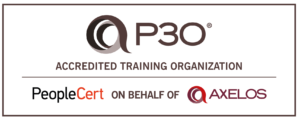
Again, the insights show that P3O® does have its limitations. If you’re looking for deeper knowledge and learning on a lot of the areas mentioned above – that’s when you should look to the House of PMO Essentials level courses instead – more on those courses here.
Moving on from the book itself we also wanted to see what PMO practitioners thought about the accompanying qualification for P3O®. 53% had taken the Foundation level, 40% had also taken the Practitioner level. 26% had not taken the qualification while 33% of those were thinking about it.
Of those who had taken the qualification, 64% felt that the qualification had helped them to understand P3O® further. 50% felt that it was an essential part of their career development and 42% felt that it had helped them gain more recognition in the organisation. Not one respondent felt it was a waste of their time.
Ready to take your P3O® or Essentials courses? Contact us if you need any help on making the right choice for you based on your current situation and future aspirations!
Enjoying Our Blog?
Sign up and receive all our articles (we’ll send you an update once a week!) plus special offers and events:
The P3O® courses on this page are offered by PMO Learning. P3O® is a [registered] trade mark of AXELOS Limited. All rights reserved. P3O® is a registered trade mark of AXELOS Limited, used under permission of AXELOS Limited.
